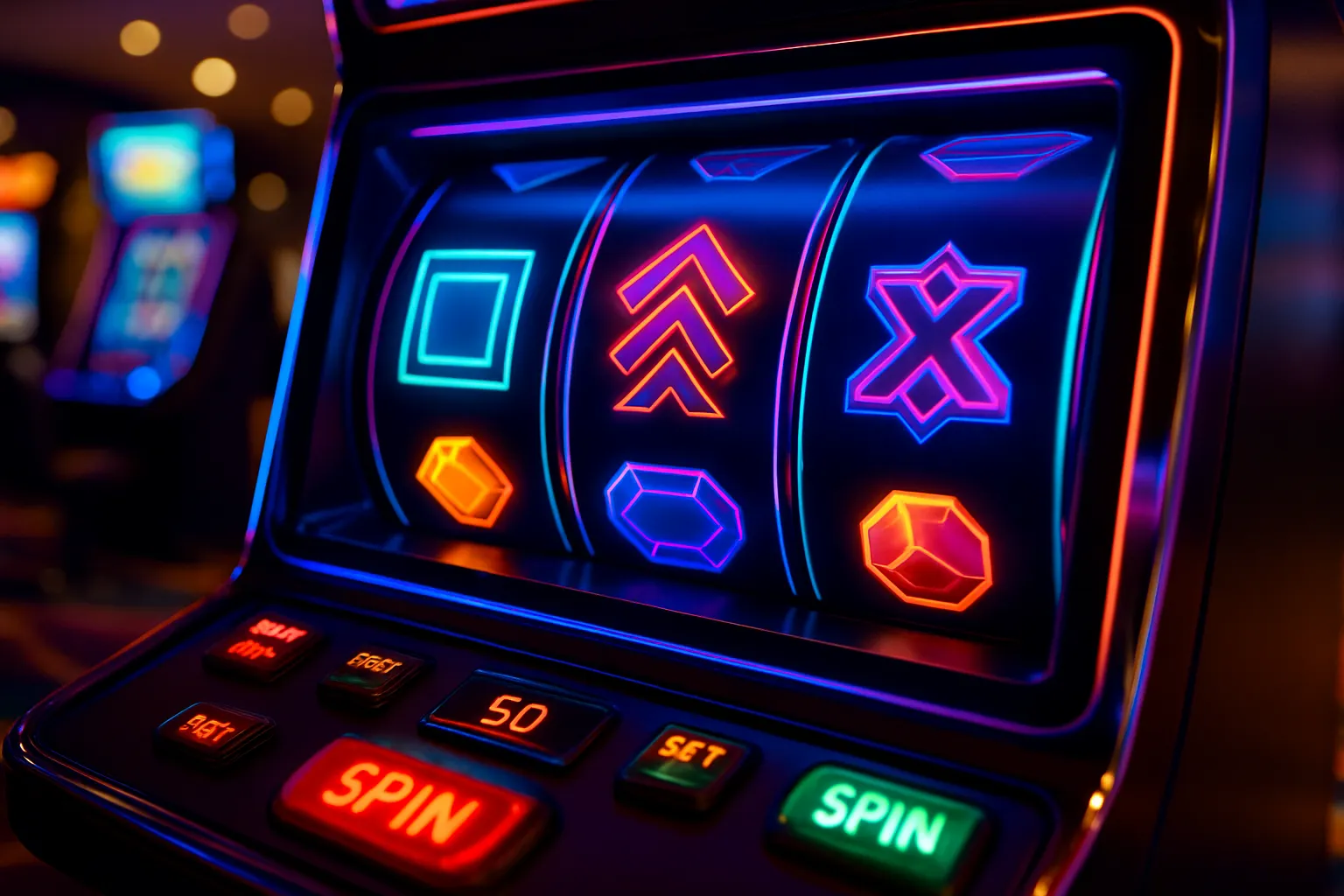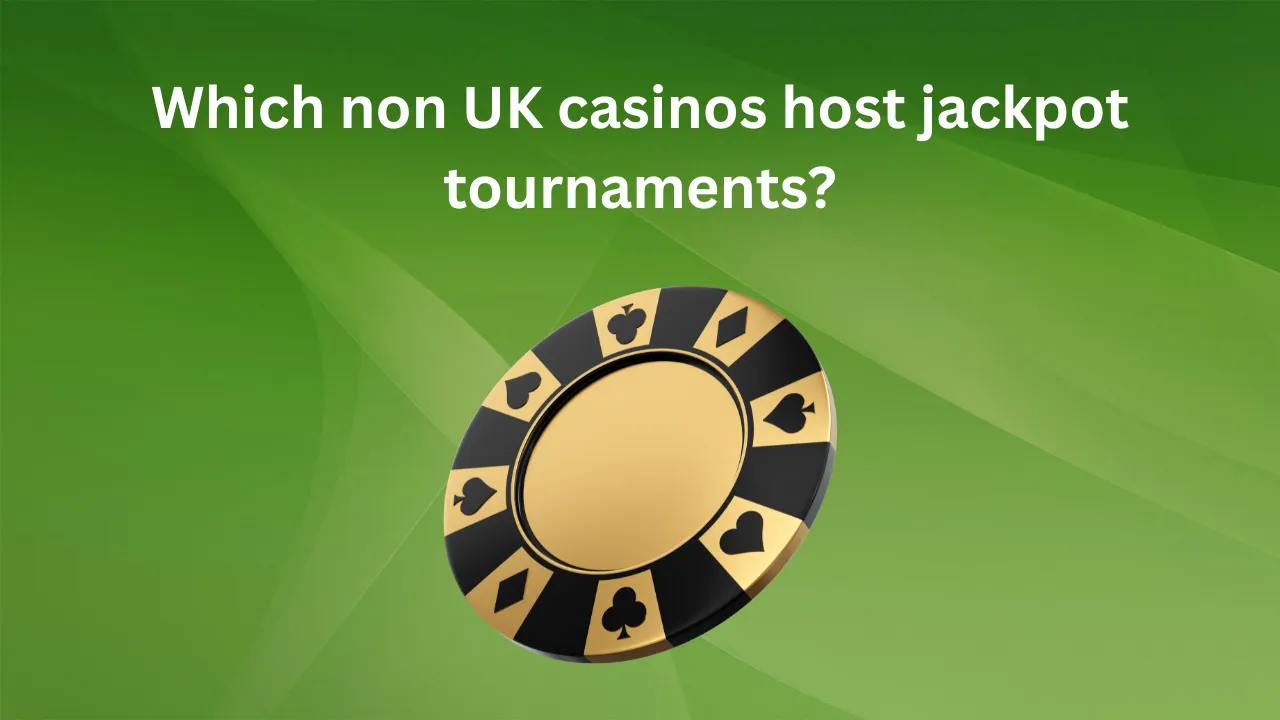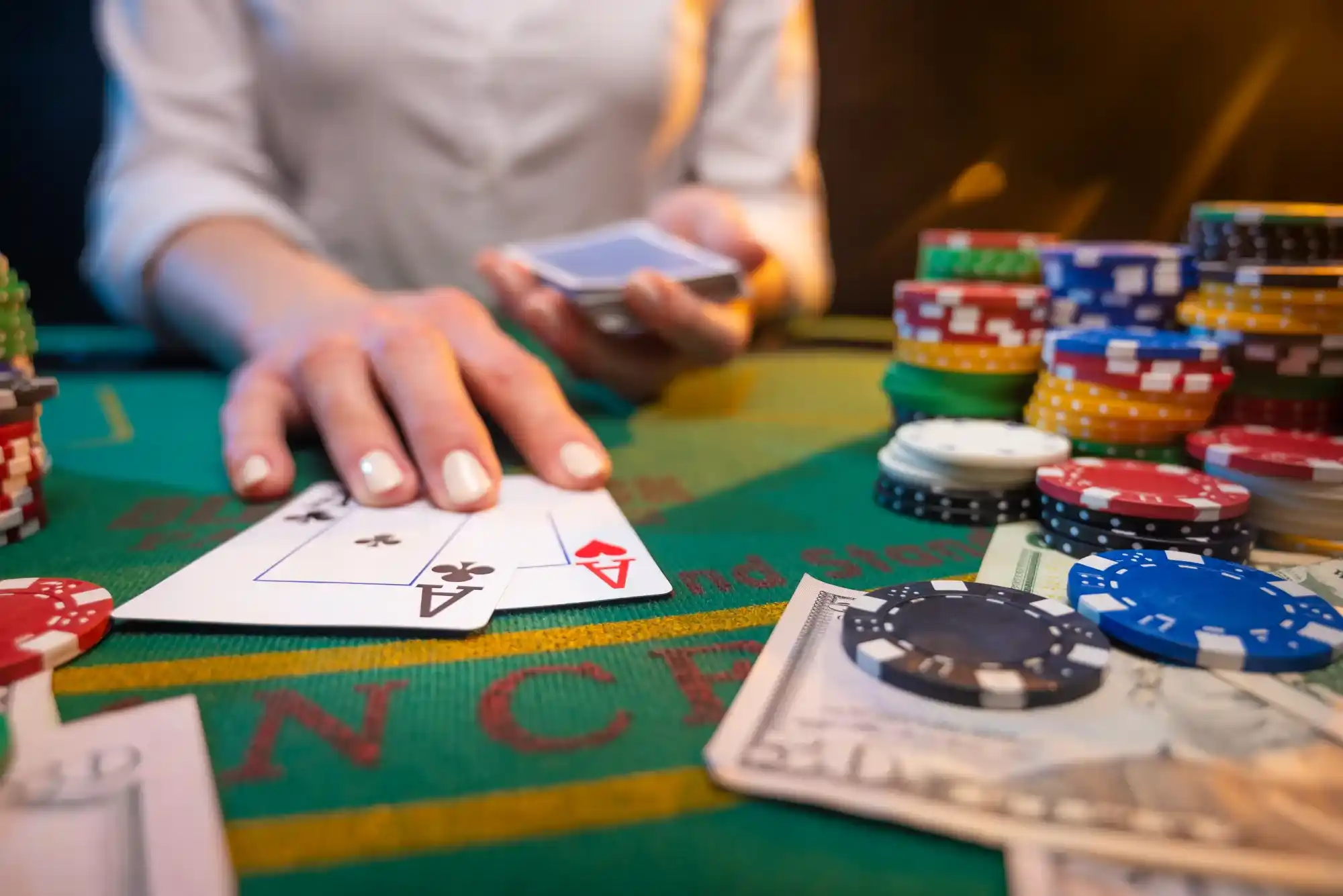Stepping into today’s online casinos or brick-and-mortar casinos, you’ll notice slot machines that look nothing like the classic three-reel “fruit” slots of old. Instead of lemons, cherries, and plums, you’ll find sleek geometric shapes, themed icons from blockbuster movies, or abstract symbols glowing under neon lights. As someone who’s both a longtime player and a game designer, I’ve been fascinated by this shift. Let’s explore why modern slots have largely abandoned fruit symbols, and what this evolution means for you and the industry.
The Legacy of Fruit Symbols in Slot History
Fruit symbols trace their origins back to early 20th-century mechanical slot machines. These machines paid out chewing gum or candy instead of cash, so symbols like cherries and lemons indicated different flavors. When developers transitioned to real-money payouts, they simply kept the fruit imagery—it was familiar, colorful, and easy to recognize. For decades, fruit symbols defined the slot genre, becoming a nostalgic staple for many players.
From Physical Reels to Digital Screens
I still remember the tactile thrill of pulling a lever on a three-reel slot adorned with classic fruit. That satisfying “ka-ching” echoed around smoky casinos. But once video slots arrived, developers had vast new canvas spaces. They could simulate paylines graphically, add animations, and incorporate sound design in ways impossible on mechanical reels. Yet initially, fruit symbols persisted—partly out of nostalgia, partly because players associated them so strongly with slots.
Shifting Aesthetics and Thematic Innovation
By the late 2000s, studios realized they could broaden appeal by embracing new themes. Instead of a generic fruit machine, imagine a slot built around a Hollywood franchise or an epic adventure. Themed symbols—pirate ships, ancient artifacts, futuristic robots—offer richer storytelling. In the same way that players now seek diverse experiences on gambling sites not on GamStop for fresh approaches, slot designers recognized that fruit alone couldn’t satisfy evolving tastes.
The Marketing Power of Licensing
High-profile licenses bring instant recognition. A slot based on a blockbuster film or beloved character taps into existing fan bases. Operators promote these titles heavily, driving both downloads and play. Fruit symbols, by contrast, carry no brand equity beyond nostalgia. If a player sees a movie-themed slot next to a fruit-themed one, the branded title often wins attention. I’ve seen this firsthand: when testing promotional campaigns, fruit slots consistently lag in click-through rates compared to licensed or uniquely themed games.
Technological Evolution: More Than Just Symbols
Moving away from fruit symbols also allowed developers to experiment with gameplay mechanics. Cluster pays, cascading reels, and Megaways™ structures pair naturally with abstract or thematic icons. Imagine matching clusters of neon hexagons or unlocking cascading wild effects that wouldn’t make sense with static fruit imagery. By diversifying symbols, designers freed themselves to innovate mechanics without clashing with traditional visuals.
Enhancing Player Engagement
In my own testing sessions, I’ve noticed that players stay engaged longer with dynamic themes. When symbols animate—think glowing runes that pulse, or sci-fi icons that rotate—each spin feels like part of a larger narrative. Game UX teams report lower bounce rates and longer session lengths on titles with interactive symbol sets. The takeaway? Fresh symbols aren’t just cosmetic; they drive measurable increases in engagement.
Catering to Diverse Player Demographics
Another factor is demographics. Today’s casino audience spans from Baby Boomers to Gen Z. While older players might feel a kinship with fruit machines, younger audiences crave novelty and thematic depth. Esports fans and gamers expect narrative elements, immersive soundtracks, and high-definition graphics—features that pair awkwardly with static cherries and lemons.
Designing for Mobile Play
Fruit symbols originated in large cabinet machines with ample space for reels and payline diagrams. On mobile screens, real estate is tight. Complex fruit combinations and multiple paylines can clutter interfaces. By using simple, bold symbols—often just a few per reel—designers create cleaner layouts that scale to small screens. Mobile-first titles tend to avoid intricate fruit designs, favoring icons that remain legible at any resolution.
Real-World Examples and Case Studies
Case Study: The Rise of Branded Slots
I collaborated last year with an operator launching a series of franchise-themed slots. Their analytics showed a 40% uplift in player acquisition versus similar “fruit” titles. Players responded positively to the recognizable symbols and associated bonus features—after all, who wouldn’t want to spin reels featuring their favorite superhero’s emblem instead of a plain strawberry?
Case Study: Indie Developers’ Creative Freedom
Smaller studios often lack licensing budgets, so they innovate with original themes and symbols. One indie title I played recently used abstract geometric shapes tied to a minimalistic game world. Without the constraints of fruit symbols, the team developed a novel cluster mechanic with symbol transformations that kept me hooked for hours. The game’s success highlights how stepping away from tradition can spark creativity.
Regulatory and Licensing Considerations
Fruit symbols are public domain. They’re cheap to implement, but they carry no fresh licensing opportunities. Modern slots often rely on partnerships for IP rights, which bring upfront costs but also marketing support and brand synergy. Regulators in some jurisdictions require clear demonstrations that symbols aren’t misleading or promoting prohibited content. Abstract shapes simplify compliance compared to fruit imagery, which sometimes needs additional disclaimers about gambling mechanics.
Compliance and Responsible Gambling
Using generic or non-food symbols avoids inadvertently promoting unhealthy habits—another subtle benefit when considering responsible gambling messages. While fruit doesn’t inherently suggest health risks, modern operators aim to distance games from any unintended associations. Clear, neutral symbols help maintain focus on gameplay mechanics and responsible play prompts.
Looking Ahead: The Future of Slot Symbolism
As augmented reality (AR) and virtual reality (VR) casino experiences emerge, we’ll likely see entirely new symbol languages—3D icons floating in space or interactive items players can inspect. Fruit machines, entrenched in two-dimensional design, may struggle to adapt. The shift away from fruit symbols isn’t just a trend; it’s a necessary evolution for slots to remain engaging in immersive environments.
Potential for AI-Driven Symbol Sets
Imagine AI algorithms that analyze player preferences and dynamically adjust symbol aesthetics mid-game—introducing personalized icon sets based on past play patterns. Fruit symbols, rooted in history, lack the flexibility for such fluid adaptation. Modern abstract or thematic symbols, however, could be programmed to evolve in real time, enhancing personalization.
Conclusion
Fruit symbols were the bedrock of slot design for over a century, offering simplicity, color, and familiarity. Yet as technology, player demographics, and marketing strategies evolved, these icons became limiting. By embracing thematic imagery, abstract symbols, and interactive designs, modern slots deliver richer experiences, drive higher engagement, and cater to a broader audience. Whether you’re a nostalgic gambler or a newcomer chasing immersive narratives, the move away from fruit symbols marks an exciting era in slot evolution—one that promises endless innovation on every spin.




